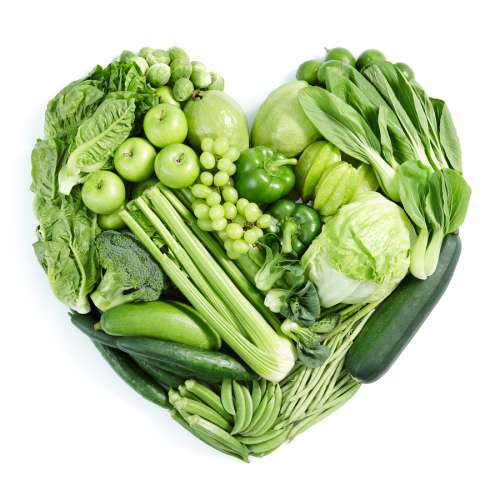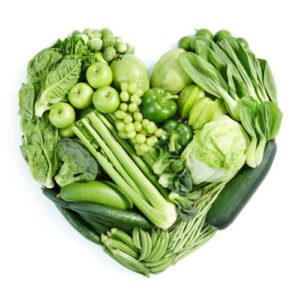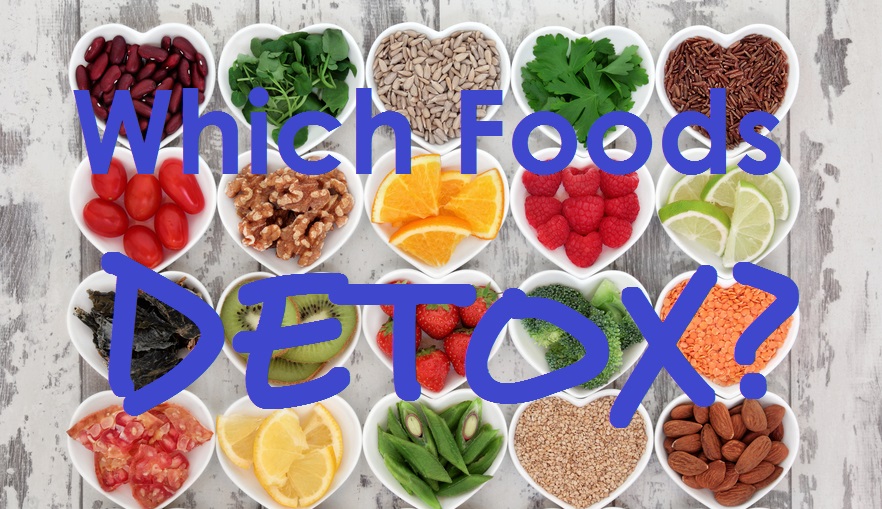It has long been known that all green vegetables hold many benefits for our health. More specifically, the dark green leafy vegetables are an excellent source of fiber, folate, and carotenoids. They also contain vitamins C and K, plus minerals iron and calcium. In addition to this, dark green leafy vegetables act as natural antioxidants in the body, and help the pH balance as they are alkaline. So let’s see what are the benefits of leafy greens.
The Benefits of Leafy Greens
Used intelligently, leafy green vegetables have the ability to cure or at least prevent or relieve many ailments. Good health is impossible to achieve without them because the lack of them would mean depriving the body of an exceptional range of beneficial micro nutrients for health. Green leafy vegetables are rich in antioxidants, vitamins, minerals and fiber. You should consume at least 3 servings or more of green leafy vegetables in your diet every week. Include green leafy vegetables such as lettuce, spinach, kale, green mustard, chard and cabbage in your regular diet.
Raw greens hold even more nutrients and vitamins, so try making some Green Juice Recipes a few times a week to boost your energy and improve your skin and digestion.
 List of leafy greens and their benefits
List of leafy greens and their benefits
Let’s take a look at some of the main benefits of leafy greens and why they should be an essential part of your diet.
Spinach
Spinach, being rich in sodium, potassium, calcium, phosphorus, magnesium and iron is an anti-anemic and a blood purifier of great value. Spinach provides a lot of iron eliminating the cause of anemia. It is very nutritious and low in calories at the same time. 1 cup of cooked spinach has 84% of the recommended daily intake of manganese and 66% of folate.
Lettuce
Lettuce leaves are very refreshing for the stomach. They have a regulating effect on blood glucose and contain hyoscianine and tryptophan that facilitate sleep.
Swiss Chard
A refreshing vegetable whose leaves are diuretic and the best in terms of fiber content. It has antacid as well as laxative properties and helps relieve inflammation of the urinary tract. Swiss chard, however, is not recommended for people with kidney stones. One cup of cooked Swiss chard has only 35 calories. I grow this in my garden, absolutely love it in juices and salads.
Turnip Greens
Turnip greens are a powerhouse of calcium. Their calcium reserves beat those of any other leafy greens and contribute to their slightly bitter taste. 1 cup of cooked turnip greens has 66% of the recommended daily intake of calcium and 42% of folate.
Collard Greens
There are 50 calories in a 1 cup serving of cooked cabbage leaves – a very small amount of calories making them perfect for dieters. A serving of cooked collard greens (1/2 cup) contains 3 g of protein, 3 grams of dietary fiber, 45% of the recommended daily intake of vitamin A and 50% of the recommended daily intake of vitamin C.
Mustard Greens
Raw mustard greens raw contain anywhere from 120 mg to 550 mg/100 g of glucosinolates which is four to six times more glucosinolates than the same amount of broccoli or cauliflower. Mustard leaves are an excellent source of folate, Vitamin C, A and K, Calcium and Minerals. Mustard greens have also shown a certain antioxidant activity, probably due to its content of carotenoids and other compounds. 1 cup of cooked spinach has 59% of the recommended daily intake of Vitamin C and contains only 21 calories.
Kale
Kale contains a large amount of calcium, vitamin A, vitamin C, vitamin K, manganese and folic acid. When consumed in its raw state, they help to detoxify the body and lower cholesterol. Kale is packed with antioxidants, which gives it anti-aging and anti-cancer properties. They also help regulate blood sugar levels, and protect the body against viral infections. 1 cup of cooked Kale has only 33 calories in it. Another diet super food that is super easy to grow! Check out more about Kale’s super food status here.
Cooking green vegetables
The benefits of leafy greens can be preserved by preparing them in different ways like steaming, boiling or stir-frying in very little oil. Take care not to boil or steam these vegetables for too long or you will risk losing all the vitamins and minerals in them. You can also drink the water in which you cooked the vegetables or use it in soups or juices.
Read more here at zentofitness or www2.ca.uky.edu





I just starting eating Kale and I love it. I’m so glad to see it has a lot of health benefits to eating it. I’ll have to look more into mustard green. That something I’ve never heard of before. Quick tip, I love kale salads with a little honey drizzled on it. Kale and honey go great together!!